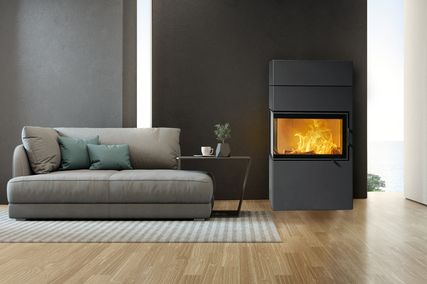Our action plan is grouped into three main components: knowledge, advocacy and design. We are in the throes of creating a framework will become an adjunct to our design conversation framework. There’s overarching knowledge, which is about how to do things better, but there’s also knowledge that has fundamental impacts on projects.
If you’ve got the tools in place and you’ve got the knowledge in place, then those decisions you make on projects are ultimately better because you’re more informed; you can communicate to a client or a builder the reasons why you’re doing something. Our thought processes advocate for a good outcome for the project. If you can back that up with real, deep-rooted knowledge about a topic, then it becomes a more convincing position and more of a gathering point for the project team, which includes clients and builders. You’re able to make good, solid decisions on the project. People understand [when these elements are] not seen as a “nice to have” but as something that is essential to the project.
If our design process creates that baseline of conversation within the studio about regenerative and sustainable design, that builds knowledge, and that knowledge builds the ability to advocate properly because we’re saying the right things. It becomes a holistic circle of interrelationships between those three components.
Advocacy and the single voice within the industry gives us a platform. Our clients and our buildings won’t be as green as they can be unless we’re all talking the same language and pushing for the same outcomes.
We’re also looking at technologies that we use as architects within the practice – collaborations with software developers to create plug-ins to Revit would allow us to more readily understand the embodied carbon of materials. We’re trying to get a smarter, faster process so that design decisions are more holistic.
One of the failures of the green movement 20 years ago was that the outcomes of those conversations were about additions to projects: if you did this in addition to doing something else, it would be more sustainable. Today, I think clients still see [sustainable elements as] nice to have, or they attribute dollars to those things, as opposed to seeing them as an investment in a successful outcome. Most of the conversations we have with clients are about sharing knowledge [and] educating them about what we can actually achieve.
Fundamentally, from our perspective, if we’re not there having those conversations, if we’re not knowledgeable about the process ourselves and can speak tangibly and with sincerity about it, we’re not going to influence outcomes on projects.
You can say no to a client but, equally, you can say yes and use your influence to try to get the best outcome.
















